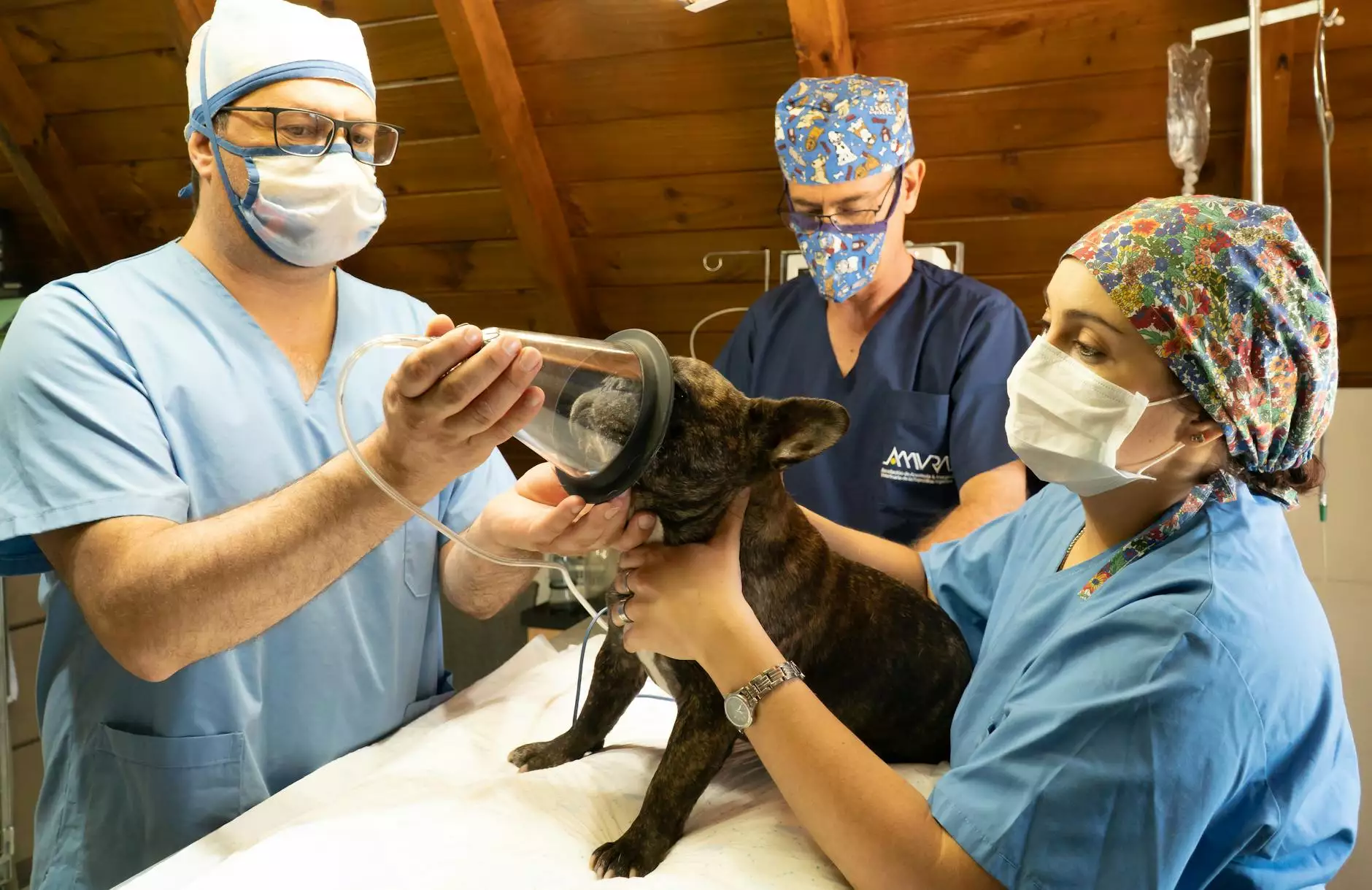Understanding Fibroid Operations: Everything You Need to Know

Fibroids are non-cancerous growths that develop in or on the uterus and are incredibly common among women of reproductive age. The term fibroid operation refers to surgical procedures aimed at removing these growths when they cause significant symptoms or complications. In this comprehensive guide, we will delve into what fibroids are, the indications for a fibroid operation, the types of surgical procedures available, and what to expect during recovery.
What Are Fibroids?
Fibroids, also known as uterine leiomyomas or myomas, are made up of smooth muscle cells and connective tissues. They can vary greatly in size, shape, and location within the uterus. While many women may have fibroids, they often experience no symptoms. However, when fibroids become larger or when a woman has multiple fibroids, they can lead to various health issues.
- Types of Fibroids: Fibroids can be classified into several types based on their location:
- Intramural Fibroids: These grow within the uterine wall.
- Subserosal Fibroids: These extend outside the uterus.
- Submucosal Fibroids: These develop just beneath the lining of the uterine cavity.
- Pedunculated Fibroids: These are attached to the uterine wall by a stalk-like structure.
Symptoms of Fibroids
While many women experience no symptoms, those who do may face a range of issues, including:
- Heavy Menstrual Bleeding: This is the most common symptom and can lead to anemia.
- Pelvic Pain: Fibroids can exert pressure on nearby organs.
- Frequent Urination: Larger fibroids can press against the bladder.
- Complications During Pregnancy: Some women may experience complications if fibroids grow during pregnancy.
Indications for a Fibroid Operation
When conservative treatments fail to alleviate symptoms or when fibroids present severe complications, a fibroid operation may be required. Indications include:
- Persistent Symptoms: If fibroids lead to continuous pain or heavy bleeding.
- Infertility: In some cases, fibroids may interfere with conception or pregnancy.
- Rapid Growth: Fibroids that grow quickly may warrant concern, particularly regarding potential malignancy.
- Pressure on Other Organs: If symptoms like frequent urination or rectal pressure are present.
Types of Fibroid Operations
There are several surgical options available for the treatment of fibroids, and the choice of procedure often depends on the size, location, and number of fibroids, as well as the woman's reproductive plans and overall health.
1. Myomectomy
Myomectomy is the surgical removal of fibroids while preserving the uterus. This is often recommended for women who wish to retain their fertility. Myomectomy can be performed using several techniques:
- Abdominal Myomectomy: Involves a larger incision in the abdomen. It allows the doctor to access and remove larger fibroids.
- Laparoscopic Myomectomy: A minimally invasive procedure using small incisions and specialized instruments.
- Hysteroscopic Myomectomy: This method utilizes a hysteroscope inserted through the vagina and cervix, allowing for the removal of fibroids from within the uterus.
2. Hysterectomy
A hysterectomy is the complete removal of the uterus and is often recommended for women who no longer wish to get pregnant or who have very large fibroids or significant symptoms. There are several approaches to hysterectomy:
- Abdominal Hysterectomy: A larger incision is made in the abdomen.
- Laparoscopic Hysterectomy: A minimally invasive option using small incisions.
- Vaginal Hysterectomy: Removal of the uterus through the vagina.
3. Uterine Artery Embolization (UAE)
Uterine artery embolization is a non-surgical procedure that involves cutting off blood supply to the fibroids, causing them to shrink. This may be an option for women who wish to avoid surgery altogether.
Preparing for a Fibroid Operation
Before undergoing any kind of fibroid operation, patients will have a detailed discussion with their healthcare provider. This may include:
- Medical History Review: Discussing past medical history and current medications.
- Physical Examination: To determine the exact size and location of fibroids.
- Imaging Tests: Ultrasound or MRI may be conducted to visualize fibroids.
- Preoperative Instructions: Patients may receive instructions regarding food intake, medications, and what to expect on the day of surgery.
What to Expect During Surgery
During the fibroid operation, patients are placed under anesthesia. The duration and type of anesthesia will depend on the specific procedure being performed. Here are some general steps associated with these surgeries:
- Monitoring: Vital signs will be continuously monitored throughout the procedure.
- Surgical Technique: The surgeon will access the uterus using the appropriate surgical technique as discussed earlier.
- Removal of Fibroids: Fibroids will be carefully excised or treated.
- Closure: The surgical site will be closed using sutures or staples, depending on the technique.
Postoperative Care
After this fibroid operation, it is essential to follow a comprehensive recovery plan to ensure optimal healing. Here are some key components of postoperative care:
- Rest: Adequate rest is vital for recovery. Patients should limit physical activities for a recommended period.
- Pain Management: Pain medications will be prescribed to manage discomfort.
- Follow-Up Appointments: Regular follow-ups are necessary to monitor recovery and detect any complications early.
- Observe for Complications: Patients should watch for signs of infection, excessive bleeding, or other unusual symptoms.
Benefits of a Fibroid Operation
Undergoing a fibroid operation can significantly improve quality of life for many women. Here's how:
- Symptom Relief: Many patients experience immediate relief from symptoms such as heavy bleeding and pelvic pain.
- Improved Quality of Life: Women's daily activities, relationships, and emotional well-being can improve post-surgery.
- Fertility Restoration: For many women desiring pregnancy, a myomectomy can allow for future conception.
Conclusion
In conclusion, while fibroids are common and often asymptomatic, they can lead to significant health issues for some women. Surgical options, especially fibroid operations, provide a pathway to relief and better health. If you are experiencing symptoms of fibroids, it's essential to consult with a healthcare professional who specializes in women's health, like the experts at drseckin.com, to discuss your options and find the best treatment tailored to your individual needs. Remember, you deserve to live a life free from the burdens of fibroids!







